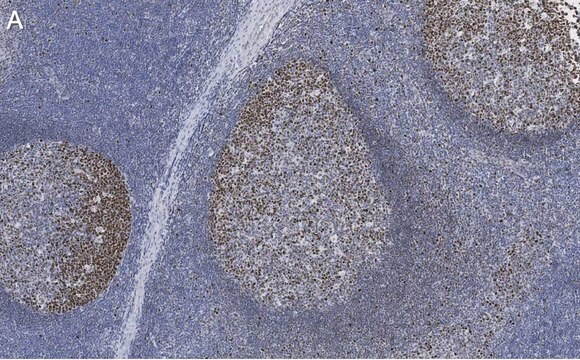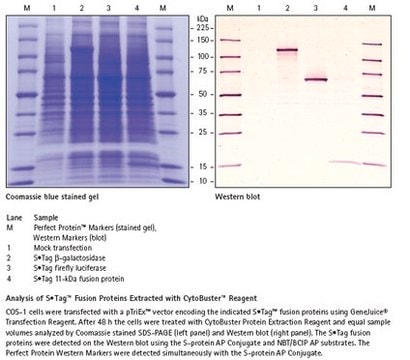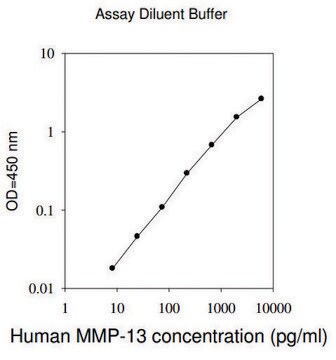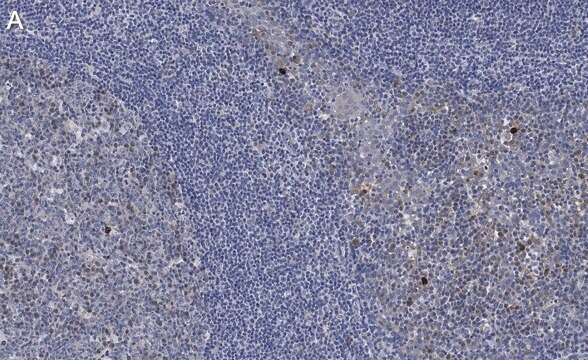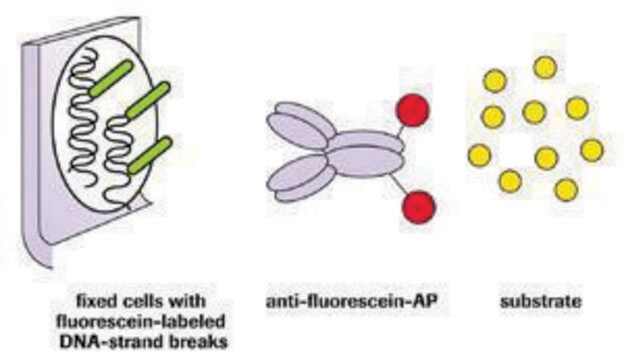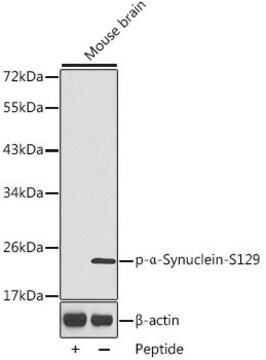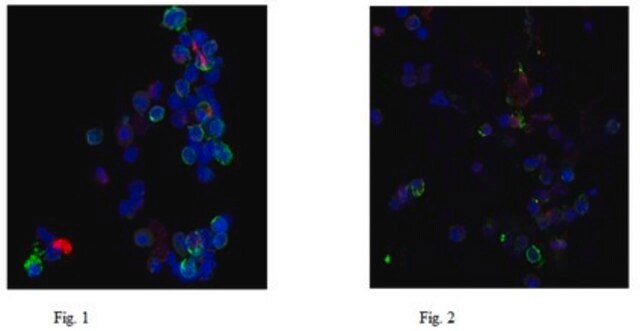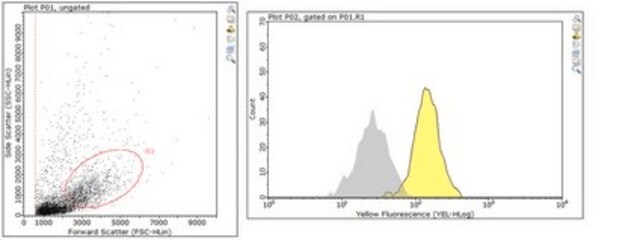SCCAR10148
Assay Ready MB49 Mouse Bladder Carcinoma Cell Line
Synonym(s):
MB-49, mouse bladder carcinoma, murine bladder carcinoma
About This Item
Recommended Products
biological source
human
Quality Level
packaging
vial of 1 vial
manufacturer/tradename
Millipore
technique(s)
cell culture | stem cell: suitable
shipped in
liquid nitrogen
storage temp.
−196°C
General description
A recent study indicates that MB49 cells recapitulate key features of sex differences in bladder tumor growth (3). MB49 implantation in mice resulted in significantly larger tumors in males than females. In the presence of dihydrotestosterone, MB49 cells exhibited enhanced proliferation in a dose-dependent manner. In contrast, MB49 cells were unresponsive to the pregnancy hormone, human chorionic gonadotrophin (hCG) (3).
MB49 cells exhibit low to no expression of MHC-Class I and II molecules (4). However, upon exposure to IFN-?, the expressions of MHC Class I and II are significantly upregulated (4).
References:
1. Summerhayes IC, Franks LM (1979) Effects of donor age on neoplastic transformation of adult mouse bladder epithelium in vitro. J Natl Cancer Inst 62(4): 1017 - 1023.
2. Fabris VT, Lodilinsky C, Pampena MB, Belgorosky D, Lanari C, Eiján AM (2012) Cytogenetic characterization of the murine bladder cancer model MB49 and the derived invasive line MB49-I. Cancer Genet 205(4): 168 - 76.
3. White-Gilbertson S, Davis M, Voelkel-Johnson C, Kasman LM (2016) Sex differences in the MB49 syngeneic, murine model of bladder cancer. Bladder (San Franc) 3(1): PMID: 26998503.
4. Lattime EC, Gomelia LG, McCue PA (1992) Murine bladder carcinoma cells present antigen to BCG-specific CD4+ T-cells. Cancer Res 52(15): 4286 - 90.
Features and Benefits
Target description
Storage and Stability
Other Notes
Disclaimer
Storage Class Code
12 - Non Combustible Liquids
WGK
WGK 2
Flash Point(F)
Not applicable
Flash Point(C)
Not applicable
Regulatory Listings
Regulatory Listings are mainly provided for chemical products. Only limited information can be provided here for non-chemical products. No entry means none of the components are listed. It is the user’s obligation to ensure the safe and legal use of the product.
ISHL Indicated Name
Substances Subject to be Indicated Names
ISHL Notified Names
Substances Subject to be Notified Names
JAN Code
SCCAR10148-1VL:
Certificates of Analysis (COA)
Search for Certificates of Analysis (COA) by entering the products Lot/Batch Number. Lot and Batch Numbers can be found on a product’s label following the words ‘Lot’ or ‘Batch’.
Already Own This Product?
Find documentation for the products that you have recently purchased in the Document Library.
Our team of scientists has experience in all areas of research including Life Science, Material Science, Chemical Synthesis, Chromatography, Analytical and many others.
Contact Technical Service